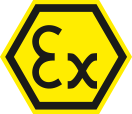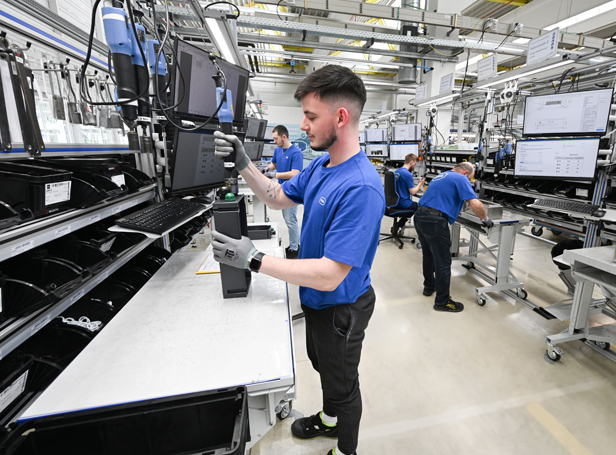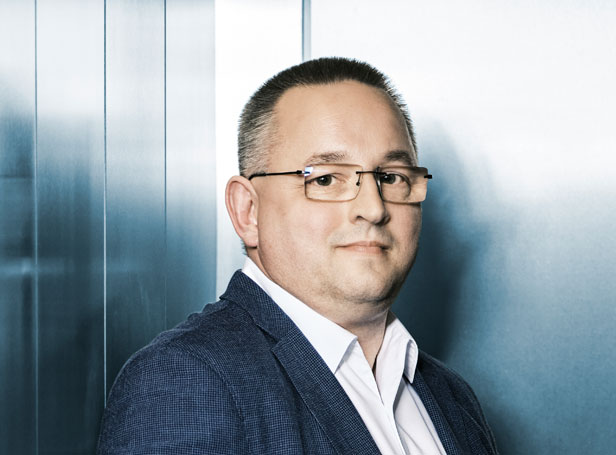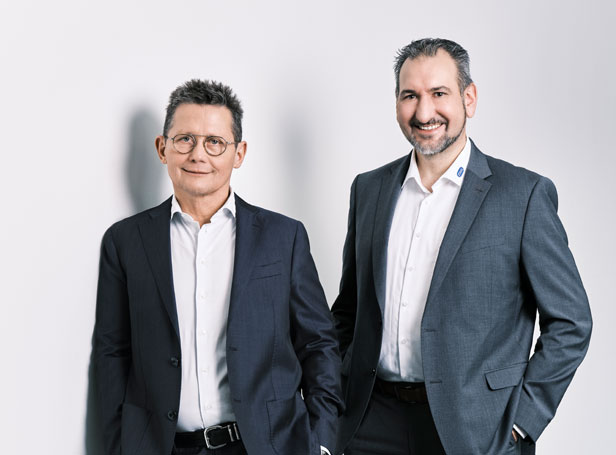Digital twins are more than just a hype – they are the key to efficient maintenance, planning, and operation of modern industrial plants. R. STAHL is taking an innovative path with a new platform: standardized asset administration shells make product data not only machine-readable but also interoperable. Roland Dunker, Head of Digital Services at R. STAHL, explains how companies benefit in practical terms.
1. Mr. Dunker, digital twins are a hot topic in the industry. What makes R. STAHL’s approach special?
Roland Dunker: Our goal is to go beyond simply representing physical products digitally. We aim to make digital twins interactive and interoperable. This means we provide product data in a standardized online format – not as a static PDF, but embedded in a digital platform that can be seamlessly integrated into planning, operations, and maintenance.
2. What is the technical foundation for this?
Roland Dunker: The foundation is the so-called Asset Administration Shell (AAS) according to IEC 63278-1. It structures all product-related information – from specifications and maintenance data to energy consumption and compliance documents. Using QR codes or RFID tags according to IEC 61406, this data can be accessed directly on the product. This significantly speeds up processes such as spare parts searches, returns, or maintenance tasks.
3. How does the platform contribute to increased efficiency in industry?
Roland Dunker: We enable consistent data availability across the entire product lifecycle – from design and operation to recycling. This shortens development cycles, reduces downtime, and simplifies access to up-to-date information. Through standardized submodels, such as for technical data or maintenance manuals, our digital twins can be directly integrated into CAD, ERP, or maintenance systems.
4. What strategic role does the partnership with conplement play?
Roland Dunker: conplement combines deep know-how of the Digital Twin and the Asset Administration Shell – seamlessly realised with twinsphere. We are combining our strengths: R. STAHL provides domain knowledge, product data, and customer proximity, while conplement delivers scalable infrastructure. Together, we can also offer our solution as a white-label product – an attractive option for many medium-sized manufacturers with limited digitalization resources.
5. Where is this headed? What is your vision for digital twins in the process industry?
Roland Dunker: We think in three stages: First, the structured digitalization of all products; second, the configuration of complex systems – such as modular terminal boxes; and third, digital engineering of individual solutions, even across product families. In the long run, the goal is to work more efficiently, sustainably, and in compliance with regulations using standardized digital data chains. The course is set.







![[Translate to Englisch:] [Translate to Englisch:]](/fileadmin/user_upload/mitarbeiter/01_DE/07_Blog/00_Allgemein/blog-explosionsschutz-rstahl-startseite-279x205.jpg)
![[Translate to Englisch:] [Translate to Englisch:]](/fileadmin/user_upload/mitarbeiter/01_DE/07_Blog/00_Allgemein/blog-explosionsschutz-rstahl-ueber-den-blog-279x205.jpg)
![[Translate to Englisch:] [Translate to Englisch:]](/fileadmin/user_upload/mitarbeiter/01_DE/07_Blog/00_Allgemein/blog-explosionsschutz-rstahl-autoren-279x205.jpg)
![[Translate to Englisch:] [Translate to Englisch:]](/fileadmin/user_upload/mitarbeiter/01_DE/07_Blog/00_Allgemein/blog-explosionsschutz-rstahl-newsletter-expert-mail-279x205.jpg)
Write new comment